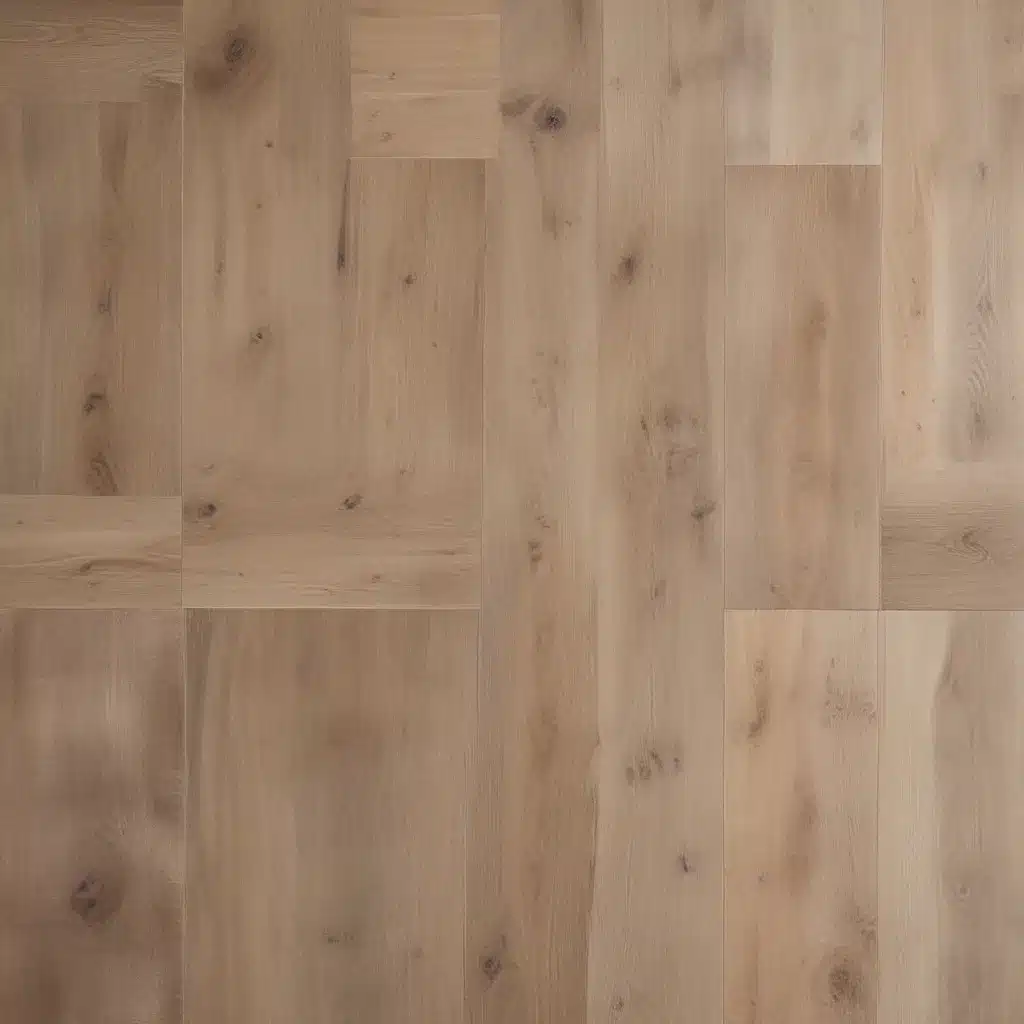
As an experienced home improvement consultant, I’m thrilled to share some sustainable flooring alternatives that can transform your space while minimizing environmental impact. Whether you’re planning a kitchen remodel, adding a home addition, or refreshing your living room, eco-friendly flooring choices can make a significant difference.
Eco-Friendly Flooring Materials
Bamboo Flooring: Bamboo is a rapidly renewable grass that can be harvested in just a few years, making it a highly sustainable option. This durable, water-resistant, and naturally beautiful material adds warmth and character to any room. Bamboo flooring is also resistant to insects, mildew, and scratches, ensuring it will stand the test of time.
Cork Flooring: Derived from the bark of the cork oak tree, cork flooring is a renewable, biodegradable, and inherently fire-resistant material. Its natural bounce and insulation properties make it a comfortable and energy-efficient choice. Cork is also naturally resistant to mold, mildew, and dust mites, making it an excellent option for allergy-prone households.
Reclaimed Wood Flooring: Salvaging wood from old barns, factories, or wine barrels not only adds unique character to your space but also reduces waste. Reclaimed wood flooring is a sustainable choice that showcases the natural beauty of aged, weathered timber. This rustic-chic material is perfect for homeowners seeking to infuse their space with warmth and a touch of history.
Renewable Flooring Options
Linoleum: Crafted from natural materials like linseed oil, cork dust, and wood flour, linoleum is a durable, long-lasting, and naturally fire-resistant flooring option. It’s easy to clean, resistant to stains, and available in a wide range of colors and patterns to complement any design aesthetic.
Rubber Flooring: Made from recycled tires or other post-consumer rubber products, this sustainable flooring choice is highly durable, slip-resistant, and comfortable underfoot. Rubber flooring is an excellent option for high-traffic areas, home gyms, or basements, and it can even be recycled at the end of its lifespan.
Recycled Tile Flooring: Incorporating recycled materials, such as glass or metal, into tile flooring is a fantastic way to give new life to waste products. These unique tiles not only reduce landfill waste but also add striking visual interest to your space. Recycled tile options are available in a variety of colors, patterns, and textures to suit your design preferences.
Sustainable Renovation Strategies
When tackling a home renovation project, it’s essential to explore ways to minimize your environmental impact. This can be achieved through strategic planning and the implementation of sustainable best practices.
Minimizing Environmental Impact
Reducing Waste: One of the primary concerns with home renovations is the significant amount of construction waste generated. By carefully planning your project and sourcing materials efficiently, you can reduce the amount of waste sent to landfills. Consider repurposing existing materials, donating usable items, and finding local recycling options for your project.
Reusing Existing Materials: Instead of automatically opting for brand-new materials, look for opportunities to incorporate existing elements into your renovation. This could involve salvaging and refinishing hardwood floors, repurposing cabinets or fixtures, or creatively integrating reclaimed materials into your design. Reusing existing components not only reduces waste but also adds unique character to your space.
Prioritizing Energy Efficiency
Insulation Upgrades: Proper insulation is a crucial aspect of sustainable home design, as it helps regulate indoor temperatures and reduce energy demands. When renovating, consider upgrading to high-performance, eco-friendly insulation materials like natural fiber insulation, sheep’s wool, or cellulose, which can significantly improve your home’s energy efficiency.
Heating and Cooling Considerations: The type of heating and cooling systems you choose can have a significant impact on your home’s energy consumption and carbon footprint. Explore options like geothermal heat pumps, energy-efficient HVAC systems, or the integration of passive solar design features to maximize energy efficiency and minimize your environmental impact.
Ethical Sourcing and Manufacturing
Responsible Supply Chains
Fair Trade Certification: When selecting materials for your renovation, look for products that are Fair Trade Certified, ensuring ethical labor practices and fair compensation for workers throughout the supply chain.
Locally Sourced Materials: Prioritizing locally sourced materials can reduce the environmental impact associated with transportation. By supporting local businesses and artisans, you can contribute to the sustainability of your community while minimizing your carbon footprint.
Sustainable Production Processes
Low-VOC Finishes: Volatile Organic Compounds (VOCs) are commonly found in paints, sealants, and other finishing products, and can negatively impact indoor air quality. Opt for low-VOC or zero-VOC alternatives to create a healthier living environment.
Renewable Energy Use: Consider incorporating solar panels or other renewable energy sources into your renovation project to reduce your reliance on fossil fuels and contribute to a more sustainable energy grid.
Holistic Design Considerations
When embarking on a sustainable renovation, it’s essential to take a holistic approach that seamlessly integrates eco-friendly elements into the overall design.
Integrating Sustainability
Complementary Design Elements: Ensure that your sustainable flooring choices are complemented by other sustainable materials, fixtures, and furnishings throughout your space. This creates a cohesive, environmentally-conscious aesthetic that reflects your values.
Longevity and Durability: Selecting materials and products with a focus on longevity and durability can minimize the need for frequent replacements or repairs, ultimately reducing waste and environmental impact over time.
Enhancing Indoor Air Quality
Non-Toxic Materials: In addition to sustainable flooring, prioritize the use of non-toxic, low-emission materials for walls, cabinetry, and other surfaces to ensure optimal indoor air quality and promote the health and well-being of your family.
Natural Ventilation: Incorporate design elements that encourage natural ventilation, such as strategically placed windows, operable skylights, or energy-efficient exhaust fans. This can help regulate humidity, reduce the need for mechanical cooling, and improve the overall indoor environment.
By incorporating these sustainable flooring options and holistic design strategies into your home renovation project, you can create a beautiful, eco-friendly space that reflects your commitment to the environment. Remember, small steps toward sustainability can have a significant impact, and Reluctant Renovator is here to guide you through the process. Wishing you a successful and sustainable renovation journey!



